When a tufted capuchin belts out its piercing call in the humid jungles of South America, it may not sound like the Swiss Alps, but it’s closer to yodeling than anyone expected. According to a new study published in Philosophical Transactions of the Royal Society B1, several species of New World monkeys are capable of producing dramatic shifts in vocal pitch—frequency jumps that surpass even the most acrobatic human yodels.
“These results show how monkeys take advantage of an evolved feature in their larynx—the vocal membrane—which allows for a wider range of calls to be produced, including these ultra-yodels,”
— Jacob Dunn, evolutionary biologist, Anglia Ruskin University
The findings add a rich new layer to our understanding of vocal evolution—not only in primates, but in our own species. And they hinge on something humans no longer possess: specialized vocal membranes that allow for vocal leaps up to three octaves, far beyond the modest octave jumps that even trained human yodelers can muster.
The Lost Art of the Vocal Break
In humans, the dramatic crack or break in pitch we hear in yodeling reflects a transition between vocal registers—a switch between what singers call the “chest” and “head” voice. These are produced by different vibration modes of the vocal cords, which are supported by the cartilaginous larynx and shaped by muscular tension and airflow. Most humans manage smooth transitions between these registers, but yodelers highlight the break itself as a stylistic choice.
For years, studies have parsed how these registers function. Human vocal cords vibrate like taut strings, shifting modes in a way not unlike a guitar. But few studies have extended this framework to non-human primates. That’s beginning to change.
“The more we study vocal registers across species, the more we see parallels in their structure, but divergences in evolutionary solutions.”
— Tecumseh Fitch, bioacoustician, University of Vienna
What’s especially intriguing is that monkeys don’t rely solely on their vocal folds for sound production. They use something else—something ancestral.
The Hidden Oscillator: Vocal Membranes Return to the Evolutionary Spotlight
While human larynges have evolved away from thin, vibrating membranes above the vocal folds, many New World monkeys retain them. These delicate tissues act like secondary oscillators. In Ateles chamek (Peruvian spider monkeys), Cebus apella (tufted capuchins), and Alouatta caraya (black and gold howlers), the membranes are not only present—they’re exaggerated in size.
In their study, the researchers dissected excised larynxes from several species, conducting high-resolution CT scans and capturing live vocalizations from monkeys at Bolivia’s La Senda Verde refuge. Using electroglottography, they recorded vocal fold vibrations in real-time.
The results were striking. The monkeys’ vocal membranes appeared to "take over" during certain calls, bypassing the typical vocal folds entirely to produce sudden, controlled jumps in frequency.
“What these monkeys are doing isn’t just a vocal trick. It’s a mechanical strategy, likely evolved to expand the expressiveness of their calls.”
— Co-author Christian Herbst, University of Vienna
The membrane-mediated calls—dubbed "ultra-yodels" by the team—leapt as much as three octaves in an instant. Compare that to the single octave leap seen in most human yodeling, and the contrast is clear.
Why Yodel? Social Lives and Soundscapes
Why would these monkeys evolve such extreme vocal capabilities? The answer likely lies in their ecology. These are forest-dwelling, highly social primates, often spread across dense canopy. Communication requires not just volume, but variability—signals must cut through acoustic clutter and carry far.
“This might be particularly important in primates, which have complex social lives and need to communicate in a variety of different ways,”
— Jacob Dunn
The researchers suggest that the ultra-yodel serves several purposes: to diversify a monkey’s call repertoire, attract attention, and possibly aid in individual recognition. In short, being able to yodel better might just make you more memorable in the forest.
Monkeys and the Evolutionary Echo of the Human Voice
This study nudges open a door to a larger conversation about human evolution. The loss of vocal membranes in our lineage may have been a tradeoff—exchanging wide pitch leaps for more stable, nuanced phonation better suited for speech. But the ghost of those membranes still lingers in how our vocal folds operate, how our registers shift, and how yodelers play on the brink of vocal mechanics.
By looking to monkeys, researchers are reconstructing not only how vocalization evolved, but what was left behind.
“The vocal membrane may be a key ancestral trait that opens up a whole spectrum of vocal diversity—one that humans have tuned out, but that monkeys are still using to full effect.”
— Irene Tokuda, co-author, Kyoto University
Further Reading and Related Studies
Azadpour, M., & Xu, Y. (2023). Register transitions in human vocalizations: A dynamical systems perspective. Journal of Phonetics, 97, 101207. https://doi.org/10.1016/j.wocn.2023.101207
Fuks, L., Teixeira, J. P., & Vaz Freitas, S. (2022). Mechanical modeling of human voice registers and transitions. Applied Sciences, 12(3), 1331. https://doi.org/10.3390/app12031331
Madsen, P. T., et al. (2023). Vocal registers in toothed whales: Nasal source dynamics and the evolution of vocal range. Nature Communications, 14(1), 842. https://doi.org/10.1038/s41467-023-36495-4
Nishimura, T., et al. (2022). Vocal membranes and their role in non-human primate sound production. Current Biology, 32(14), 3045–3050.e4. https://doi.org/10.1016/j.cub.2022.05.030
Herbst, C. T., Tokuda, I. T., Nishimura, T., Ternström, S., Ossio, V., Levy, M., Fitch, W. T., & Dunn, J. C. (2025). ’Monkey yodels’-frequency jumps in New World monkey vocalizations greatly surpass human vocal register transitions. Philosophical Transactions of the Royal Society of London. Series B, Biological Sciences, 380(1923), 20240005. https://doi.org/10.1098/rstb.2024.0005


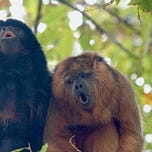

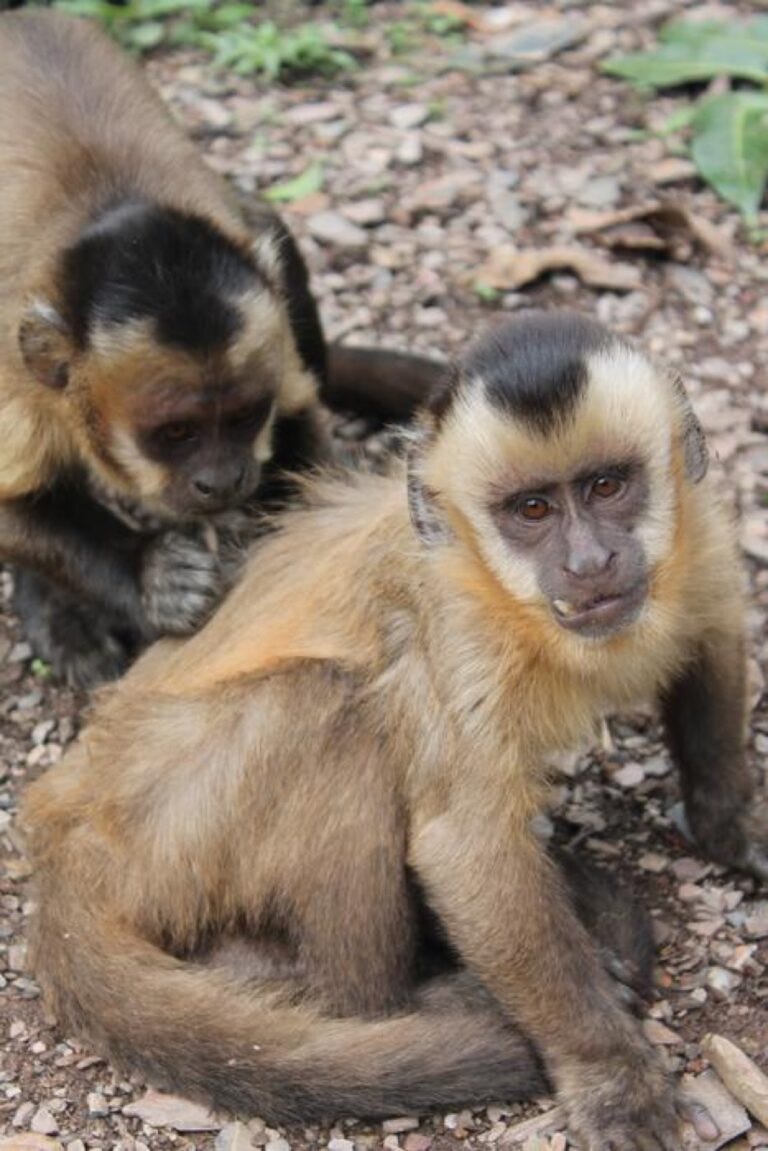


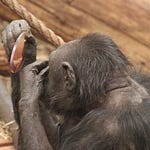


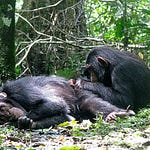
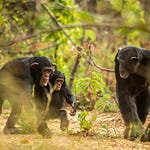

Share this post